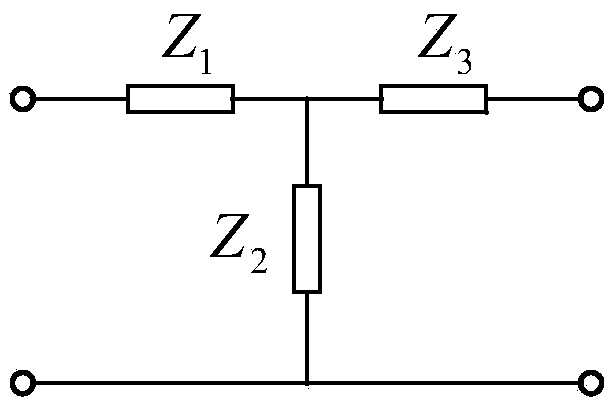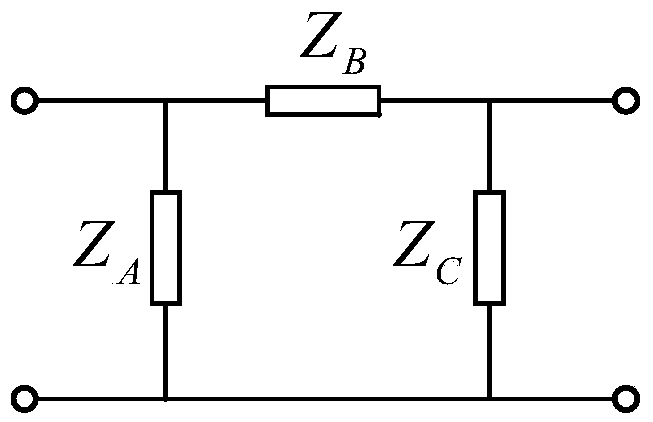Method for determining constant voltage compensation network topology of wireless power transmission system
A wireless power transmission and compensation network technology, applied in the direction of electrical components, circuit devices, etc., can solve the problem that the parameters of the transformer are difficult to meet the requirements of constant voltage or constant current, and the design is complicated
- Summary
- Abstract
- Description
- Claims
- Application Information
AI Technical Summary
Problems solved by technology
Method used
Image
Examples
Embodiment Construction
[0053] Based on the two-port network theory, the present invention determines the impedance characteristics of the entire system two-port network according to requirements such as load independence and zero phase difference of input impedance, and decomposes the system two-port network into a primary side compensation network, a non-contact transformer, and a secondary side compensation network The three sub-two-port networks are cascaded, and then the parameter characteristics of the primary and secondary resonance compensation networks are obtained. The technical solution of the invention will be described in detail below in conjunction with the accompanying drawings.
[0054] figure 1It is a block diagram of the constant voltage resonance compensation network of the present invention, including a primary side compensation circuit, a non-contact transformer, and a secondary side compensation circuit, where ω is the operating angular frequency, and C P is the capacitance val...
PUM
 Login to View More
Login to View More Abstract
Description
Claims
Application Information
 Login to View More
Login to View More - R&D
- Intellectual Property
- Life Sciences
- Materials
- Tech Scout
- Unparalleled Data Quality
- Higher Quality Content
- 60% Fewer Hallucinations
Browse by: Latest US Patents, China's latest patents, Technical Efficacy Thesaurus, Application Domain, Technology Topic, Popular Technical Reports.
© 2025 PatSnap. All rights reserved.Legal|Privacy policy|Modern Slavery Act Transparency Statement|Sitemap|About US| Contact US: help@patsnap.com



